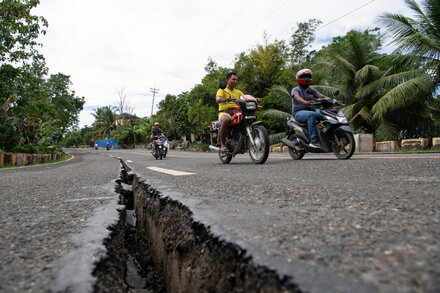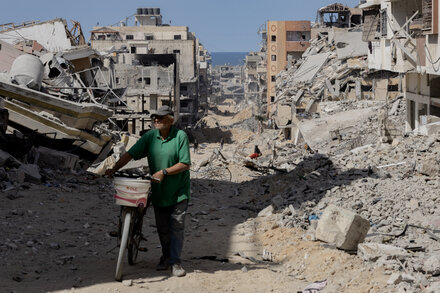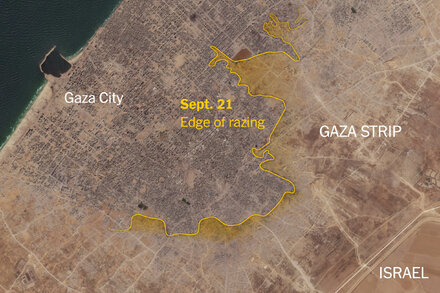
A powerful 7.2-magnitude earthquake struck the central Philippines in October 2013, causing widespread devastation, particularly on the islands of Bohol and Cebu. The deadly tremor resulted in numerous fatalities, hundreds of injuries, and significant damage to infrastructure and historical sites.
The earthquake occurred on October 15, 2013, at approximately 8:12 a.m. local time, with its epicenter located near Sagbayan, Bohol, at a relatively shallow depth of about 20 kilometers. The shallow depth intensified the shaking, leading to severe ground ruptures, landslides, and widespread destruction across the affected regions.
Impact and Aftermath
Official reports from the National Disaster Risk Reduction and Management Council (NDRRMC) confirmed over 220 fatalities, with the majority of deaths occurring in Bohol, followed by Cebu and Siquijor. More than 900 people sustained injuries, and an estimated 3.5 million individuals across various provinces were affected by the disaster. The earthquake also displaced tens of thousands of residents, forcing them into evacuation centers or makeshift shelters.
The structural damage was extensive. Roads, bridges, and numerous residential and commercial buildings collapsed or became unsafe. A significant cultural loss was the destruction and severe damage to many historical churches, some dating back to the Spanish colonial era, including the centuries-old Loboc Church, Baclayon Church, and Dauis Church in Bohol, which are considered national cultural treasures.
Rescue and relief operations were immediately launched by government agencies, local communities, and international aid organizations. Despite challenges posed by damaged infrastructure, efforts focused on searching for survivors, providing medical aid, and distributing essential supplies to affected populations.
Then-President Benigno Aquino III, after surveying the damage, pledged comprehensive government assistance, stating, “We will do everything we can to help our people recover from this tragedy.”
Thousands of aftershocks followed the main quake, further compounding the anxiety and hindering recovery efforts in the weeks and months that followed. The earthquake highlighted the Philippines’ vulnerability to seismic activity, being situated within the Pacific Ring of Fire.
Source: Read the original article here.





